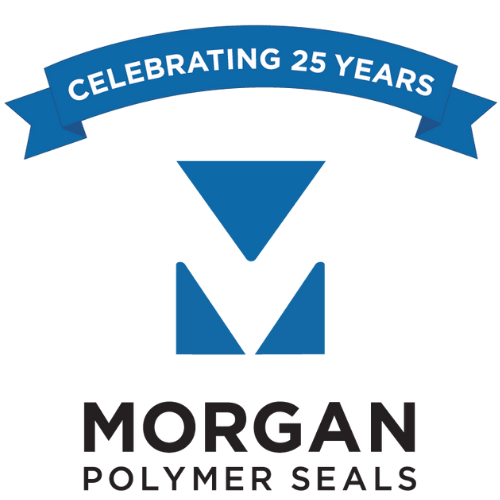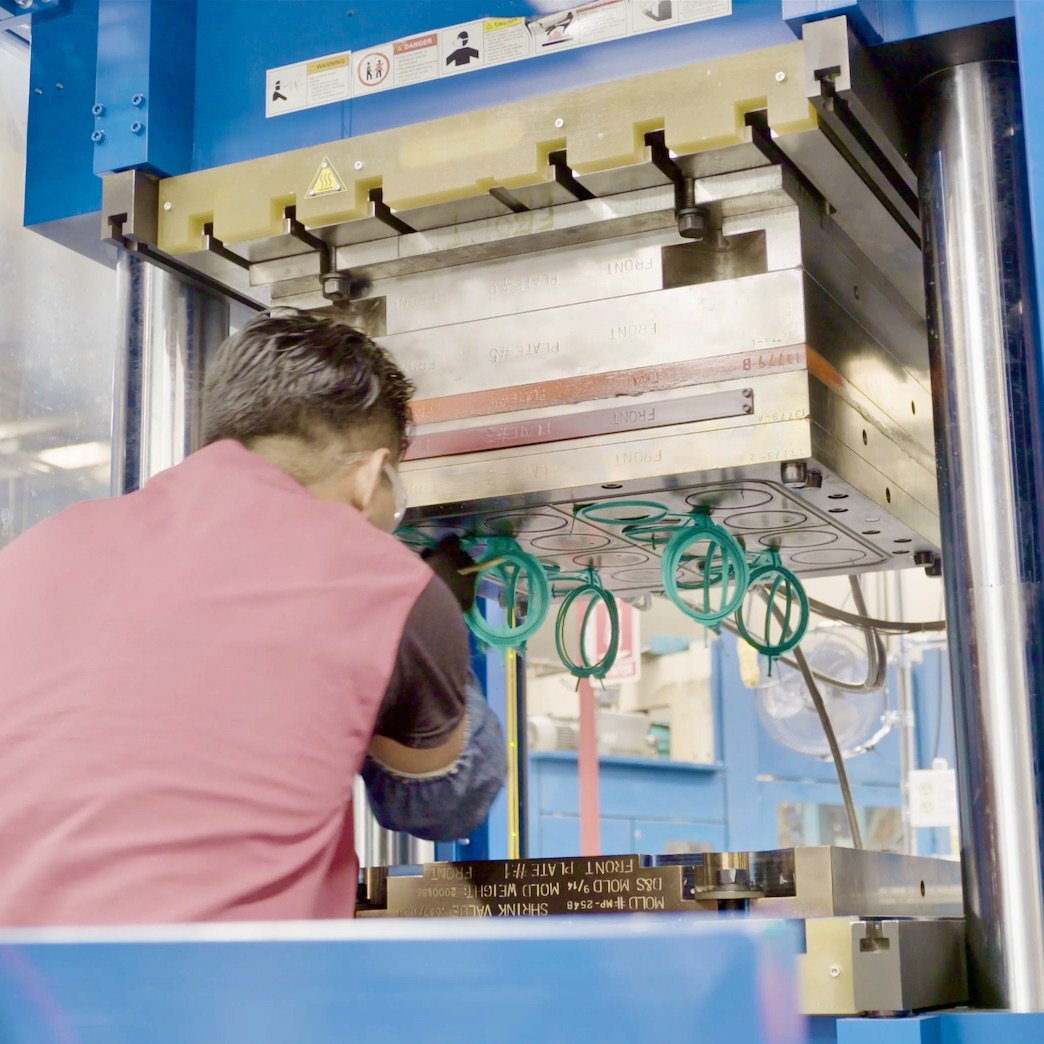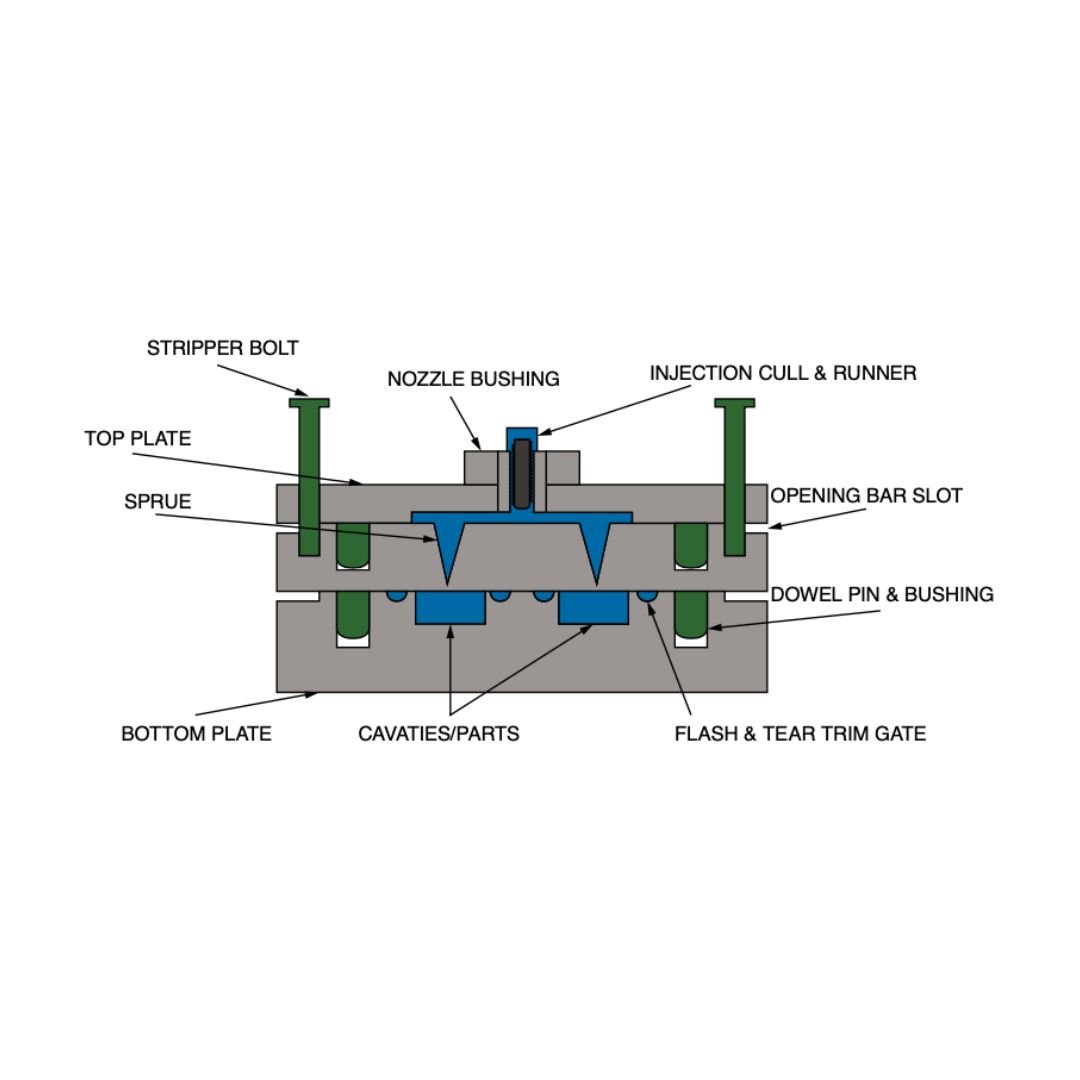Injection Molding Equipment
Injection Molding in Mexico
Injection Molding Equipment
Of significant importance in the effectiveness of the injection molding process are the capabilities of the injection press itself. A well-designed injection press should have some key features that promote satisfactory injection molding such as:
Energy Efficiency
Capacity Efficiency
Strategic Maintenance
Full-Size Ram
F.I.F.O
Diagram: Injection Molding Equipment
Energy Efficiency
With their collection of pumps, heaters, motors, and control systems, large injection presses consume significant amounts of electricity. So manufacturing with quality machines that run efficiently can help mitigate energy costs.
Capacity Efficiency
Injection presses can also take up large amounts of space in a manufacturing plant, especially horizontal presses. When choosing an injection press, vertical presses should be considered to help reduce the physical footprint of the machine and leave more space on the manufacturing floor.
Strategic Maintenance
Injection presses require maintenance by expert engineers to ensure continued quality output. To reduce maintenance costs across a line of multiple presses, a molder should consider sourcing all its machines from a single press manufacturer. This practice allows the rubber molder to stock fewer spare parts than molders who maintain equipment from multiple press makers.
Full-Size Ram
The main hydraulic piston or ram applies the force to close and apply the full clamping pressure to the mold. A press that utilizes a full-sized hydraulic ram will more evenly distribute the clamp tonnage to the platen/mold surfaces mitigating any bending that would lead to tool wear and flashing. A full-size ram will help to maximize the life of the mold, ensure satisfactory parts over the long term, and protect customers’ tooling investment.
Diagram: Maplan Injection Press with Full-Size Ram
F.I.F.O.
A “First In, First Out” or FIFO system for injecting raw material is another desirable attribute for injection molding equipment. The ability for an injection unit to take up raw material into the injection barrel and then inject that material into the mold in
a FIFO order ensures the press injects only fresh material for each heat. A FIFO system prevents the potential introduction of old compounds that can lead to part defects and production delays.
When To Use Injection Molding
As mentioned previously, deciding which molding process is ideal for achieving quality rubber parts is complex. However, there are some generalizations for when injection molding is the best choice.
High-Volume Production
Injection molding is primarily ideal for producing part quantities in the hundreds of thousands or millions. While the setup costs and lead times are substantial, injection molding becomes a largely automated process with short cycle times once the upfront work is complete.
Complex Products
Injection molding can achieve a higher degree of product complexity compared to compression and transfer molding. This is because injection machines feed the rubber into the tool in a precise, automated manner. In contrast, compression and transfer molding rely on the manual placement of rubber into the tool.
Press-In-Place Cam Cover Seal
Determining Which Molding Process To Use
There are numerous factors to consider when deciding on which of these three molding processes to use: part size and design, material selection, product quantity, setup cost, and more. However, there is no decision matrix or if-then algorithm that can identify which process is ideal. Ultimately, this decision should be made only by experienced manufacturers who have the substantial technical skill and capabilities required to mold high-precision parts.
To learn more about Injection Molding and other processes like compression and transfer molding, download our free White Paper and watch our 2-minute video.
2-minute video: Injection Molding in Mexico




